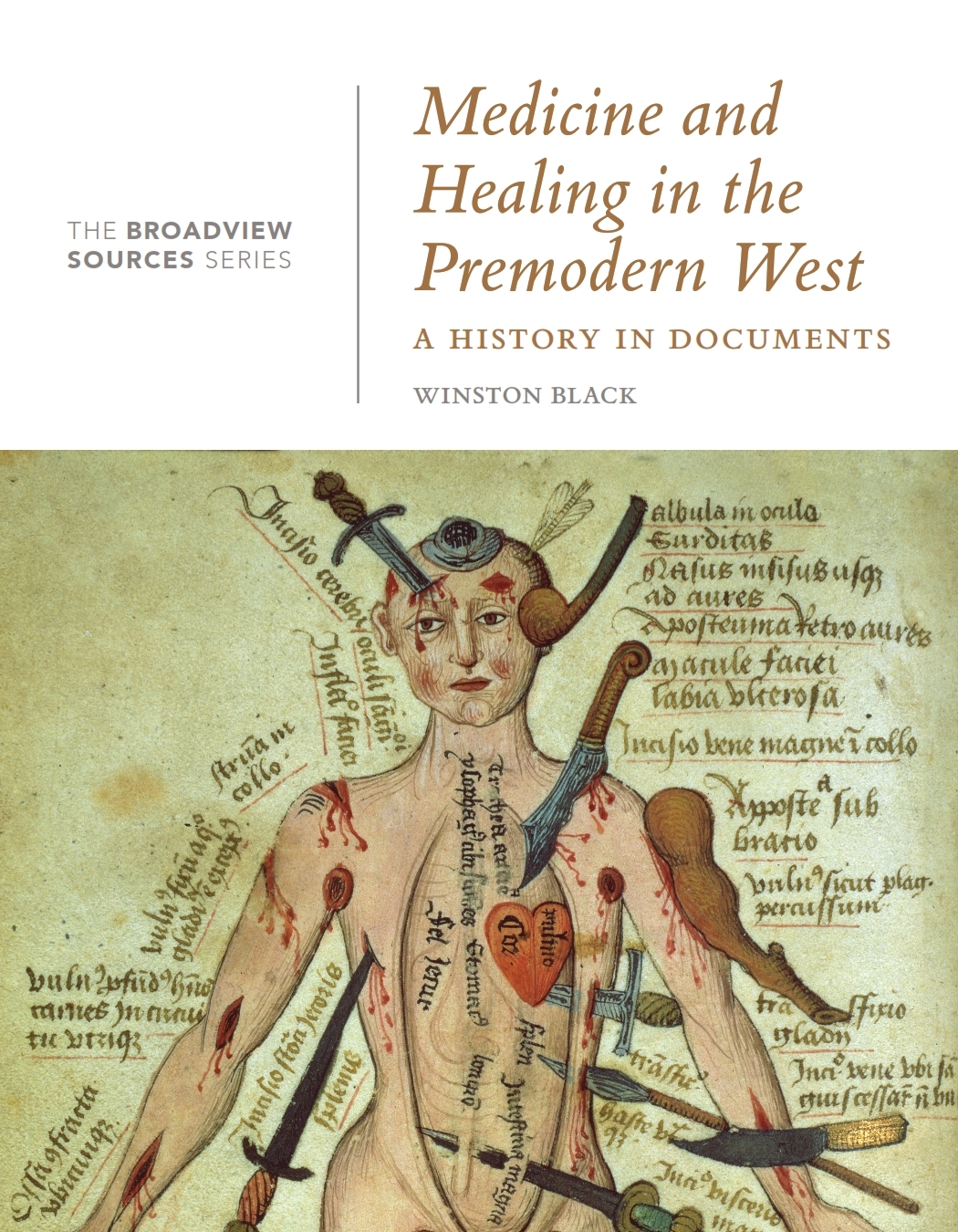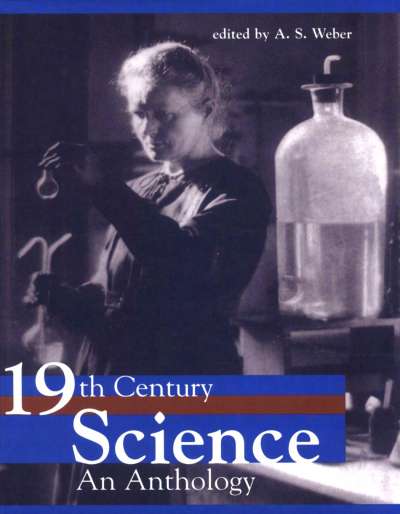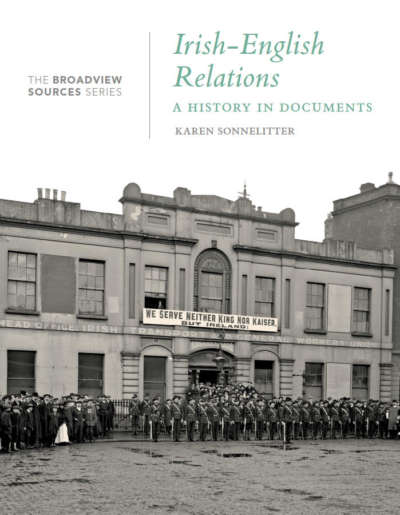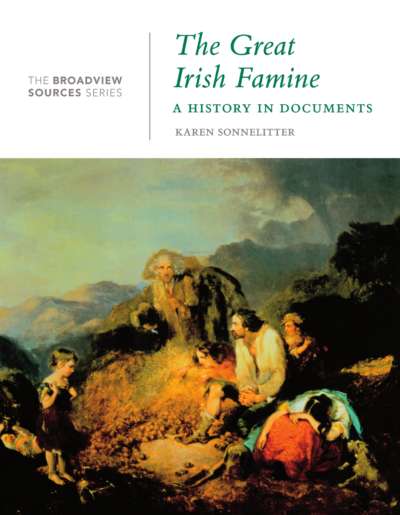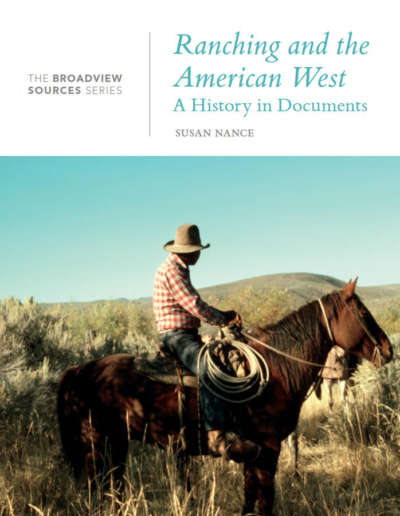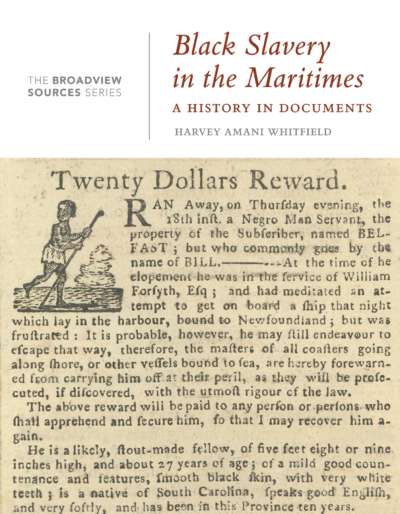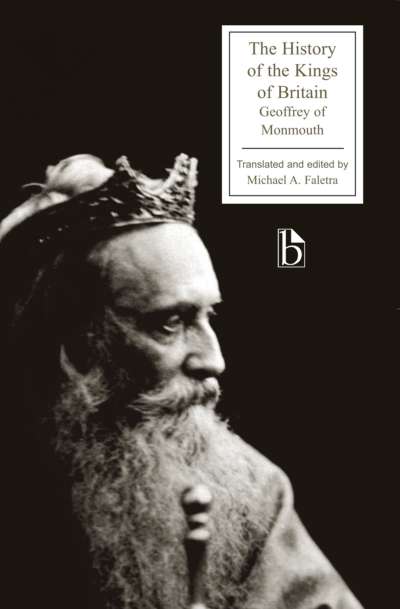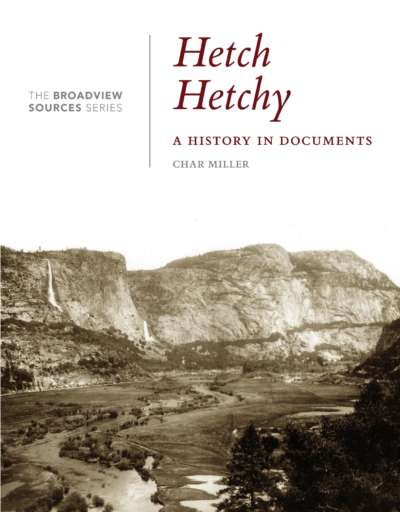Medicine and Healing in the Premodern West traces the history of medicine and medical practice from Ancient Egypt through to the end of the Middle Ages. Featuring nearly one hundred primary documents and images, this book introduces readers to the words and ideas of men and women from across Europe and the Mediterranean Sea, from prominent physicians to humble healers. Each of the book’s ten chronological and thematic chapters is given a significant historical introduction, in which each primary source is described in its original context. Many of the included source texts are newly translated by the editor, some of them appearing in English for the first time.
Comments
“We finally have a sorely needed volume of primary sources that illustrates the breadth, depth, vibrancy, and development of premodern medical thinking. Winston Black has assembled a remarkable collection of key texts and provided clear and concise introductions that contextualize the sources and highlight their significance. Unfamiliar terms and references are conveniently explained in the margins, making the already clear translations even more readable. Any course that addresses premodern health or healing will find this coherent, expertly curated, and accessible set of sources absolutely essential.” — Frederick Gibbs, University of New Mexico
“Medicine and Healing in the Premodern West is a welcome addition to the growing corpus of primary-source collections dealing with the history of science and medicine. Providing an eclectic range of numerous documents from the earliest civilizations in the Mediterranean basin through the central Middle Ages, the book can serve as a general grounding in the subject, as a supplemental text for survey courses, or as a source for further individualized research. The source texts—many of which are translated into English for the first time—come prefaced with helpful thematic overviews, and each text receives its own introduction. Medicine and Healing presents a nuanced yet manageable selection of sources; students will find it eminently fascinating.” — Christine Senecal, Shippensburg University
“Winston Black has chosen an intriguing array of primary sources on themes such as religious healing, ancient Egyptian medicine, the Islamicate world, surgery, women’s medicine, and charms and magical medicine. Clear headnotes, careful definitions of technical or unfamiliar terms, and topic overviews will help undergraduates and new graduate students alike. Teaching early medicine just got easier!” — Mary Fissell, Johns Hopkins University
“In Medicine and Healing in the Premodern West: A History in Documents, Black draws on his strengths as a historian of medicine and religion to provide a concise and accessible treatment of the development of the medical arts from Antiquity to the Late Medieval Period. … As it is meant as an introduction to the topic, Medicine and Healing in the Premodern West does not stray from its path and for this reason it is a welcome exemplar of what can be achieved in future contributions of introductory works on the history of science and medicine.” — Michael Lawson University of California-Berkeley, Journal of the Southern Association for the History of Medicine and Science
”Black has broken new ground with this innovative book, which includes sources from all the major traditions of Western medicine. It is beautifully produced and marketed at a very reasonable price. Black has done a great service in making premodern medical literature accessible to a far wider audience of students and other non-experts alike. I would strongly encourage medical historians, historians of the ancient and medieval world, and librarians to order copies immediately.“ — Petros Bouras-Vallianatos, University of Edinburgh, Speculum
Preface and Acknowledgements
Introduction
Chronology
Questions to Consider
PART 1: THE EARLIEST MEDICAL WRITINGS OF THE NEAR EAST AND MEDITERRANEAN (CA. 2000–700 BCE)
- 1. The Kahun Gynaecological Papyrus
- 2. Diagnosis in Ancient Egypt: The Ebers Papyrus
- 3. A Babylonian Spell against Fever
- 4. Plague as Divine Punishment in Homer’s Iliad
- 5. Gods as the Source of Disease: Hesiod, Works and Days
- 6. Violence and Healing in Homeric Greece
PART 2: MEDICINE AND HEALING AMONG THE ANCIENT GREEKS (CA. 500 BCE–200 CE)
- Rational Medicine in the Age of Hippocrates
- 7. Hippocratic Corpus, Nature of Man
- 8. Plato on the Nature of Disease: Timaeus
- 9. Thucydides and the Plague of Athens, 430 BCE
- 10. Hippocratic Corpus, Aphorisms
- 11. Hippocratic Corpus, Airs, Waters, Places
- 12. Case Histories from the Hippocratic Epidemics
- Asclepius, the God of Physicians
- 13. The Hippocratic Oath
- 14. Pindar: Apollo Leaves Asclepius with Chiron the Centaur
- 15. Celsus Celebrates Asclepius as a Man
- 16. Greek Anatomical Votive Plaque of a Leg
- 17. Aelius Aristides Dreams of Asclepius
- 18. An Egyptian God in Greco-Roman Dress: Imouthes as Asclepius
PART 3: PROFESSIONAL MEDICINE IN THE ROMAN MEDITERRANEAN (CA. 1–300 CE)
- 19. Galen, On the Medical Sects
- 20. Aretaeus the Cappadocian on the Difficult Case of Tetanus
- 21. Rufus of Ephesus, Medical Questions: Interrogation of the Patient
- 22. Celsus: A Healthy Regimen without Doctors
- 23. Dioscorides and the Science of Pharmacology
- 24. Galen, the Boastful Practitioner: On the Affected Places
- 25. Galen, On Black Bile: Praising and Rewriting Hippocrates
- 26. Herodian on a Plague in the Roman Empire
PART 4: PRACTICAL MEDICINE FOR THE ROMAN FAMILY AND HOME (CA. 1–500 CE)
- 27. Varro, De re rustica: An Early Germ Theory?
- 28. Vegetius, De re militari: Preserving the Health of Imperial Troops
- 29. The Legend of Agnodike, a Greek Midwife and Physician
- 30. Soranus of Ephesus: Instructions for Midwives
- 31. Cato the Elder’s Roman Remedies: Cabbage, Wine, and Magic
- 32. Pliny the Elder’s Homespun Medicine: Remedies Derived from Wool
- 33. Popular Medicine in Verse: The Liber medicinalis
PART 5: DISTILLING CLASSICAL MEDICINE IN LATE ANTIQUITY (CA. 300–700 CE)
- 34. Oribasius: A Galenic Diet in the Later Roman Empire
- 35. Anthimus to King Theodoric, On the Observance of Diet
- 36. An Early Medieval Primer in Ancient Medicine by St. Isidore of Seville
- 37. Medicine of Pliny for the Informed Traveler
- 38. The Herbarius of Apuleius Platonicus
- 39. Marcellus and His Empirical Handbook of Medicines
- 40. The Drug Theory of Paul of Aegina
PART 6: MEDICAL DIVERSITY IN THE EARLY MIDDLE AGES (CA. 600–1000 CE)
- Monotheism and Medicine 121
- 41. The Oath of Asaph, a Jewish Physician’s Oath
- 42. A Christianized Hippocratic Oath
- 43. Medicine and Diet in the Rule of St. Benedict
- 44. Roman Doctors as Christian Saints: Cosmas and Damian
- 45. Islamic Medicine of the Prophet: Sunan Abu Dawud
- Early Medieval Responses to Plague and Pestilence
- 46. Evagrius Scholasticus on the Plague of Justinian
- 47. Gregory of Tours on Epidemic Disease and the Sickness of Kings
- 48. A Votive Mass against Pestilence
- Old English Medicine: Superstition or Empiricism?
- 49. The Nine Herbs Charm, from the Old English Lacnunga
- 50. Bald’s Leechbook: Herbal Remedies for Eye Problems
- 51. Medical Prognostics in Anglo-Saxon England
PART 7: THE ARABIC TRADITION OF LEARNED MEDICINE (CA. 900–1400 CE)
- 52. Hunayn ibn Ishaq’s Introduction to Rational Medicine
- 53. Avicenna, The Canon of Medicine
- 54. Avicenna on Prognosis through Urine
- 55. Maimonides and Galen on the Meaning of the Pulse
- 56. Al-Rāzī, Case Studies in the Spirit of Hippocrates
- 57. Usamah ibn Munqidh: A Muslim View of Frankish Medicine
- 58. Al-Rāzī on Diagnosis and Treatment for Smallpox and Measles
- 59. Pilgrim Medicine: Qustā ibn Lūqā on “The Little Dragon of Medina”
- 60. Ancient Greeks in Later Medieval Prophetic Medicine: ‘Al-Tibb al-Nabawī
PART 8: LEARNED MEDICINE IN HIGH MEDIEVAL EUROPE (CA. 1000–1400 CE)
- Humors, Complexion, and Uroscopy
- 61. A Clever Duke and a Cleverer Physician in Tenth-Century Europe
- 62. Constantine the African, Pantegni: Understanding Complexion
- 63. Simplified Humoral Medicine in Verse: The Salernitan Regimen of Health
- 64. A Medieval Urine Wheel
- 65. Constantine the African with a Urine Glass
- Explaining Diseases
- 66. Diagnosing Lovesickness: Constantine the African’s Medicalized Emotions
- 67. Platearius on Leprosy in Theory and Practice
- 68. Guy de Chauliac’s Personal Experience with the Black Death
- Observation and Authority
- 69. Trota of Salerno as a Medical Master
- 70. Medical Education in High Medieval Europe (Three Accounts)
- 71. Licenses for Male and Female Surgeons in Medieval Naples
- 72. A Woman Physician on Trial in Medieval Paris, 1322
PART 9: MEDICAL PRACTICE IN THE HIGH MIDDLE AGES (CA. 1000–1400 CE)
- Herbalism and Pharmacology
- 73. Macer Floridus, On the Virtues of Herbs
- 74. Henry of Huntingdon, Herbalism in The English Garden
- 75. Matthaeus Platearius: Rationalizing Simple and Compound Medicines
- Arabic and Latin Surgery
- 76. Learned Surgery: Albucasis on the Treatment of Cataracts
- 77. Applying Medical Theory to Wound Treatment: Guy de Chauliac
- 78. Training and Decorum for the Learned Surgeon
- Medieval Obstetrics and Gynecology
- 79. Anatomy of the Uterus, Learned from a Pig
- 80. A Brief Medieval Guide to Uroscopy of Women
- 81. Contraceptives in the Canon of Avicenna
- 82. St. Hildegard of Bingen: A Moralized Explanation of Menstruation
- 83. Trotula: Treating Retention of the Period in Medieval Italy
- 84. A Medieval Hebrew Treatise on Difficult Births
PART 10: MEDICINE AND THE SUPERNATURAL: COMPETITORS OR PARTNERS? (CA. 1000–1400 CE)
- 85. A Doctor and a Saint in Early Salerno
- 86. The Life of St. Milburga: Physicians and Saints, Healing Together?
- 87. Doctors and Miracles in the Canonization of Lady Delphine
- 88. Medieval Jewish Magical Medicine
- 89. Medieval Christian Healing Charms
- 90. John Arderne, Astrological Instructions for the Surgeon
- 91. Astrological Bloodletting Man
Glossary and Index of Key Terms
Further Reading
Permissions Acknowledgements
Winston Black is a historian of medieval science, medicine, and culture. He is the editor of Henry of Huntingdon’s Anglicanus Ortus: A Verse Herbal of the Twelfth Century, author of The Middle Ages: Facts and Fictions, and co-author (with John M. Riddle) of A History of the Middle Ages, 300-1500, 2nd edition.

